Delegates press the button to pass the laws on the afternoon of June 18 - Photo: GIA HAN
On the afternoon of June 18, with the majority of votes in favor, the National Assembly passed the law amending and supplementing a number of articles of the Law on Economical and Efficient Use of Energy.
The law takes effect from January 1, 2026.
Mandatory energy labeling for energy-using vehicles, equipment and construction materials
The notable point of this law is that it amends a number of articles on measures to manage the economical and efficient use of energy for vehicles, equipment and construction materials.
Accordingly, Amend and supplement regulations on mandatory energy labeling for energy-consuming vehicles, equipment and construction materials. At the same time, publish necessary information on energy use of vehicles, equipment and construction materials.
The law stipulates that vehicles, equipment, and construction materials on the list of vehicles, equipment, and construction materials required to have energy labels must be labeled before being put on the market.
Manufacturing establishments, enterprises importing, distributing and trading in vehicles, equipment and construction materials, including on e-commerce platforms, must declare and label energy for vehicles, equipment and construction materials after the vehicles, equipment and construction materials are tested and assessed for conformity with national standards on energy efficiency according to the provisions of the law on technical standards and regulations and the law on measurement.
The Minister of Industry and Trade and the Minister of Construction, within the scope of their duties and powers, are responsible for developing and promulgating a list of vehicles, equipment, and construction materials that must have energy labels and an implementation roadmap within the scope of their management.
Along with that, it stipulates the content and specifications of energy labels; stipulates testing laboratories that are qualified to be granted testing certificates in accordance with energy efficiency standards; guides and publishes energy labeling for vehicles, equipment, and construction materials under the management of the ministry; stipulates the recognition of energy labels for imported vehicles and equipment.
Provincial People's Committees develop annual plans to organize and implement inspections and checks on compliance with legal regulations on energy labeling of vehicles, equipment, and construction materials in production, business, and distribution in the area.
Regulations on energy labeling for building materials are feasible
Explaining this content, the National Assembly Standing Committee said that the group of construction materials for buildings and constructions are products that have a great impact on the energy efficiency of constructions.
The addition of regulations on energy labeling for construction materials is the legal basis for organizing the implementation of measures to use energy economically and efficiently in the construction industry.
The policy impact assessment report when drafting the law has included research on the implementation roadmap, conditions on quality standards, testing rooms, and human resources for implementation. Therefore, this regulation is feasible.
In response to the delegates' opinions, the National Assembly Standing Committee directed the agency in charge of appraisal and the agency in charge of drafting to review and complete the regulations on energy labeling; other articles and clauses in the draft law to ensure consistency and synchronization; and at the same time assigned the head of the central state management agency to develop specific regulations on this content.
Classification of goods products according to three risk levels
On the same day, the National Assembly also passed a law amending and supplementing a number of articles of the Law on Product and Goods Quality.
One of the highlights of this law is the shift from classifying goods into groups to three risk levels for management. The government aims for less pre-inspection and increased monitoring and post-inspection.
Specifically, products and goods are divided into low risk, medium risk, and high risk. On that basis, the Government and the ministries managing the industry and sector will assess and classify the medium risk level and high risk level with corresponding quality management measures to ensure flexibility and feasibility in practice.
Products and goods with medium and high risk levels must be declared as conforming or subject to other management measures according to specialized laws.
Explaining this content, the National Assembly Standing Committee said that this regulation is consistent with international practice and customs, promptly resolves difficulties, and reduces administrative procedures in the inspection of imported goods quality.
Along with that, applying technology in product quality management to suit the current context of digital transformation.
Tuoitre.vn
Source: https://tuoitre.vn/quoc-hoi-thong-qua-luat-buoc-xe-dien-vat-lieu-xay-dung-dan-nhan-nang-luong-20250618150339104.htm


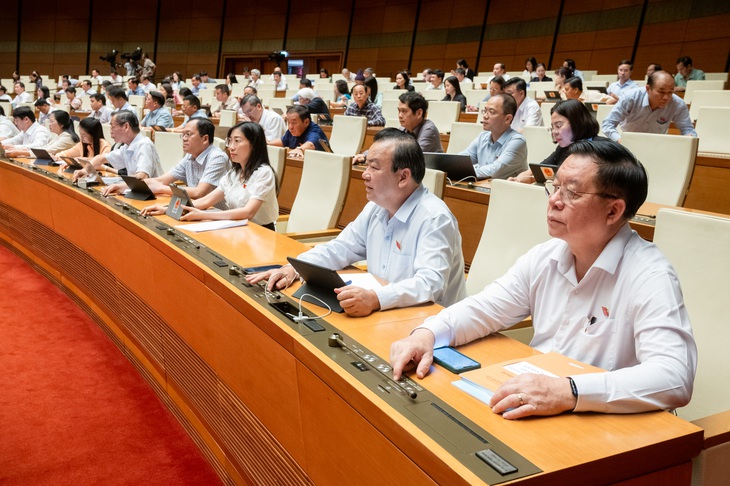






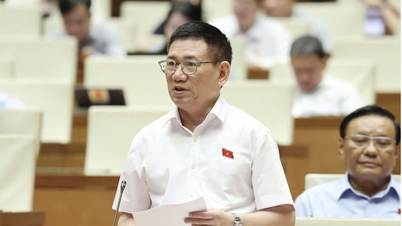

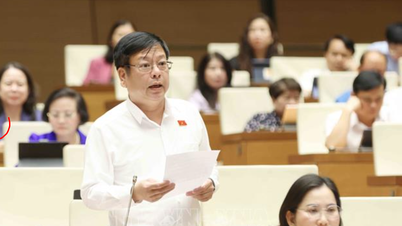




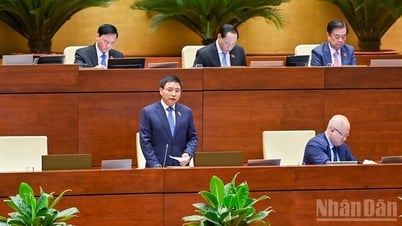
















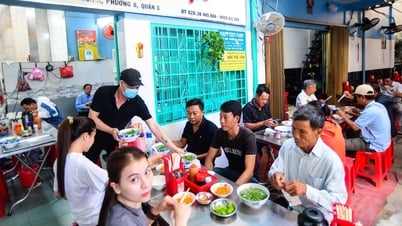



















































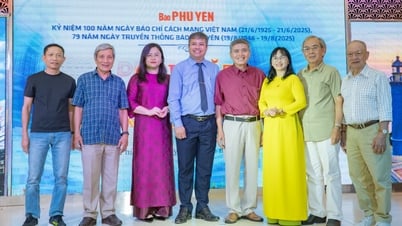

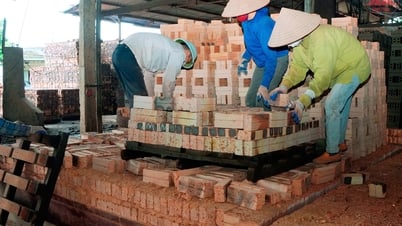
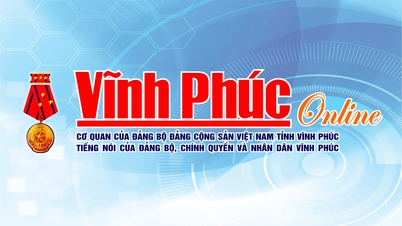













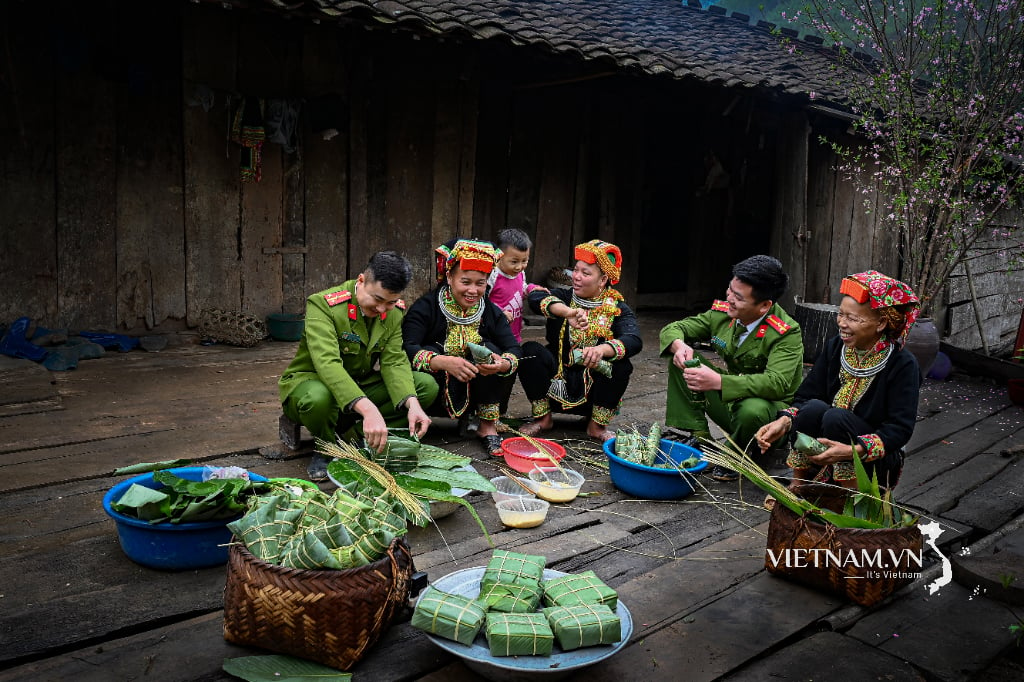
Comment (0)